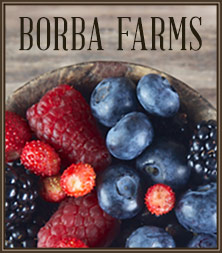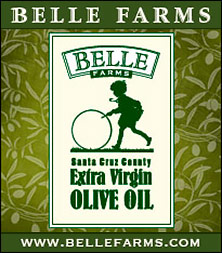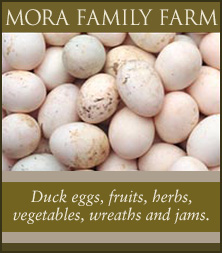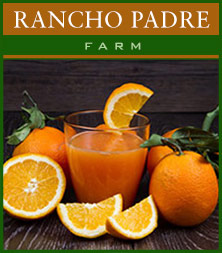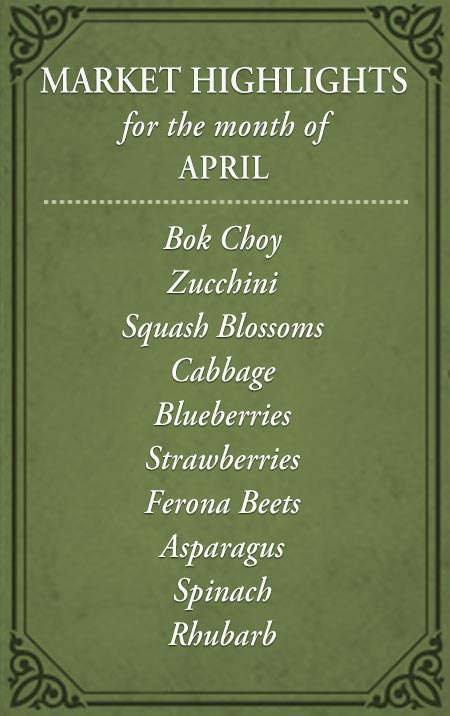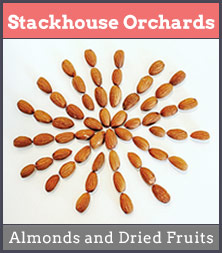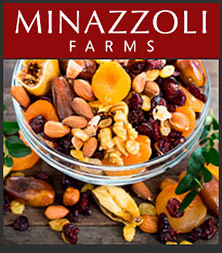INGREDIENTS:
1 lb. sturgeon
Salt and fresh ground black pepper
Olive or grape seed oil
Pinch of cinnamon and curry powder OR 1 teaspoon fresh thyme leaves, stemmed and chopped
1 recipe of Carrot Sauce (see recipe below)
METHOD:
(1) Cut the fish into even pieces. Depending on the shape of the piece you get, this will either be slices or paves (French for square paving stones pieces roughly 3 x 3 inches). If slices, try for 4 slices about 1 1/4 inch thick, for paves, 3 x 3 x 1 1/4 inches is ideal. Whatever you do, try for even-sized pieces. Remember the cooking time is dictated by the size.
(2) Lightly coat the fish pieces with a small amount of oil. Either dust with the curry/cinnamon mix or the thyme leaves. Season the fish with salt and pepper.
(3) Heat a good-sized sauté pan (10-12 inches) over medium-high heat. When the pan is hot, add enough oil to just coat the bottom of the pan.
(4) When the oil is heated through, add the fish and cook, searing the fish and giving it a light crust. Shake the pan, and when the pieces move freely, flip them over carefully with a thin-bladed spatula or tongs.
(5) When the fish is crusted on the other side the fish should be done. When poked it should feel firm. If you wish, cut it to check for uniform color. REMEMBER: Fish takes 8 minutes to the inch of thickness. If the fish is cut 1 1/4 inches, it should take about 10 minutes.
(6) Place the fish on a plate and nap with the carrot sauce.
CHEF NOTES:
Sturgeon is a sustainably grown fish farmed on the Sacramento River. The farming of sturgeon came about when caviar became expensive when the US had embargoed Iraqi imports, and people also wanted to repopulate the Sacramento River with what is an indigenous fish. Sturgeon was at one time so numerous in American waters that caviar was used as a bar snack-literally put out in bowls on the bar with bread as snack food!
Sturgeon has a nice meaty texture with flesh that is fairly fatty. This makes it a forgiving fish in the pan and less likely to stick. However, cooking it over high heat will sometimes make the fish tough, so better to use medium heat and maybe take a little longer to cook it.
Carrot Sauce
1 pint carrot juice (homemade or from a local juice bar)
1/2 tablespoon neutral flavored oil or butter
1 medium shallot, minced
1/2 teaspoon garam masala
1/2 teaspoon cinnamon (Mexican style)
Salt and Pepper to taste
Variation: In lieu of the garam masala and cinnamon, use 1 teaspoon of fresh thyme leaves and 1 tablespoon of white wine (optional)
(1) In a tall saucepan, warm the carrot juice over medium-high heat. When the juice begins to heat, you will see it clouding up. This will thicken and begin to form a “scum.” Push the pot to the side of the burner so one side of the pan is off the heat. This allows for the scum to not get boiled into the sauce.
(2) Using a fine mesh strainer, skim off the scum. When no more foam appears pour the juice through the cleaned strainer into a clean non-reactive bowl. I actually pour it through a cloth napkin I wet beforehand with water to get out all the coagulants.
(3) Clean the pan or get a smaller saucepan out and heat over medium heat. When the pan is hot, add the oil or butter, and as soon as it is heated, add the shallots and cook until translucent and fragrant.
(4) If you are going with the curry and cinnamon mix, add it now and stir to mix it with the oil. Wait for the color to deepen and the fragrance to come up. (OR- if you use the thyme version, add the thyme leaves and cook until the aroma comes up. Add the white wine and cook to reduce the volume by 90%.)
(5) At this point, add the clarified carrot juice to the pan and bring just to a boil. Immediately reduce the heat so the sauce just simmers. Reduce the sauce to a slightly syrupy consistency.
(6) Check the pan frequently as this happens and stir as needed to avoid scorching the sauce. A pan with a very small footprint is ideal for this to avoid the sauce reducing too fast and burning. The higher sugar content of the juice means these types of sauces may be more apt to burn when not watched.
(7 When the sauce reaches the desired consistency, season with salt and fresh ground pepper to taste. The sauce is now ready to use.
CHEF NOTES
This technique will work with many fruit and vegetable juices. Although it sounds odd, it is a refreshing change from the usual stock and butter sauces. The colors can be vibrant and the flavors intense. (Think reduced beet juice with perhaps a touch of orange juice to mellow the earthiness.) A variety of juices can be found at juice bars and even in grocery stores. The juices contain both pectin and sugars that act as thickeners when cooked. It is sometimes necessary to balance the sauce with a pinch of sugar or a dash of vinegar.
When the juice begins to heat up, you will see it start to cloud up, and then form a scum. These are proteins that can cause bitterness, and it is imperative to skim and filter these out. While these sauces are very low in fat and high in minerals, many of the vitamins are lost in the process of cooking. These sauces are high in sugar and may not be good for those watching their blood sugar.
SOURCE: Chef Andrew Cohen, Chef in Residence, Monterey Bay Certified Farmers Markets







